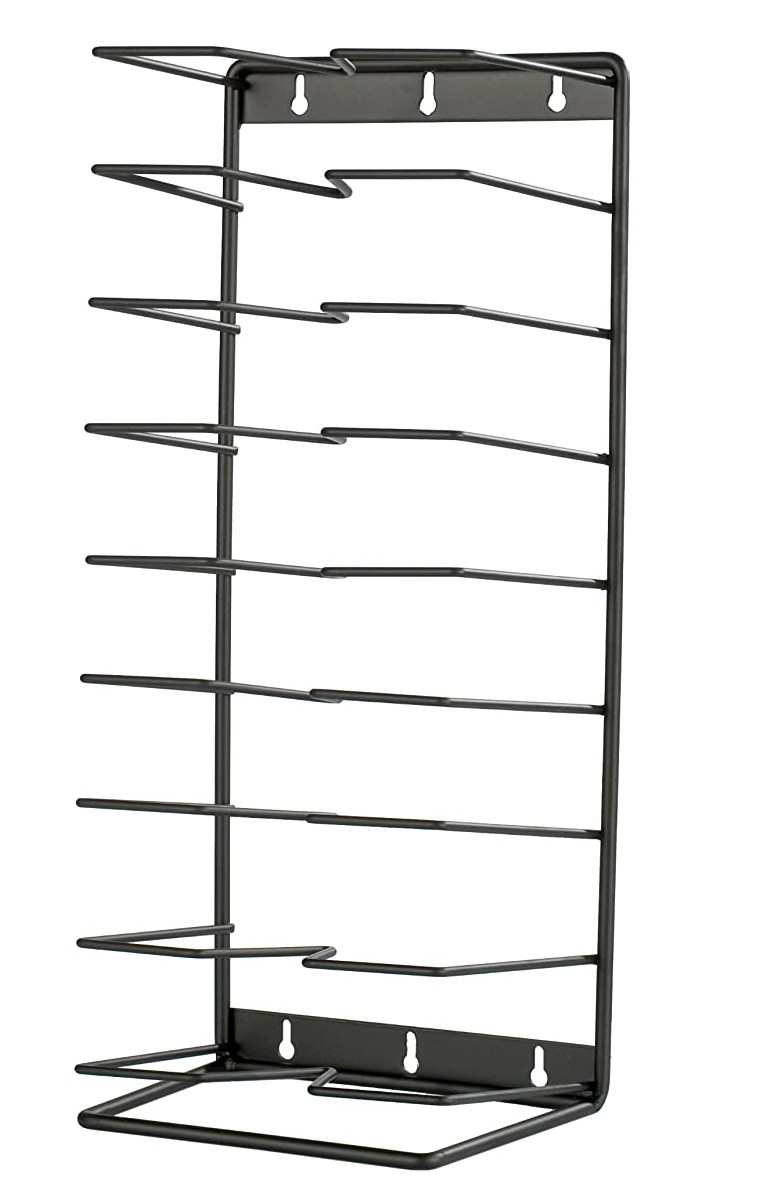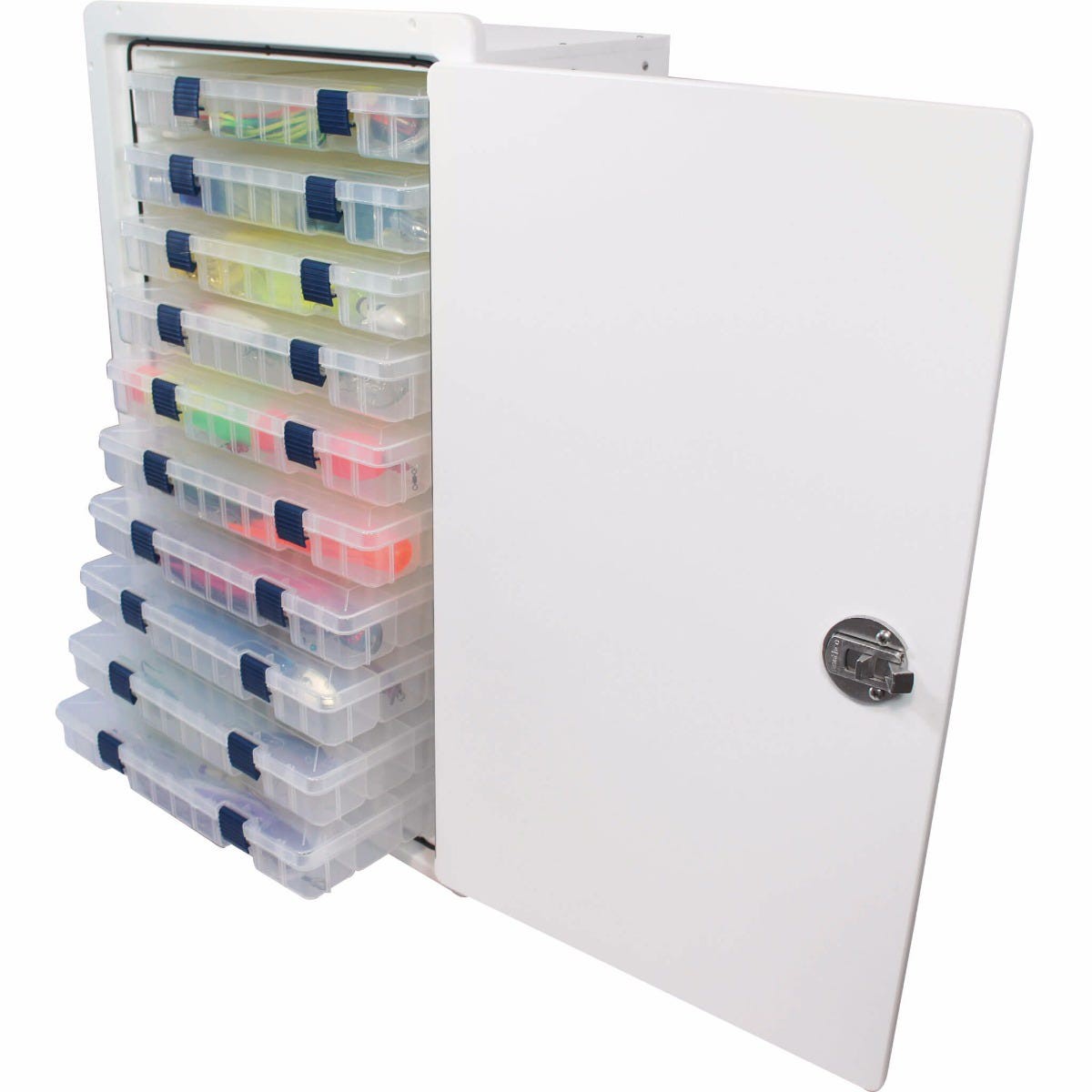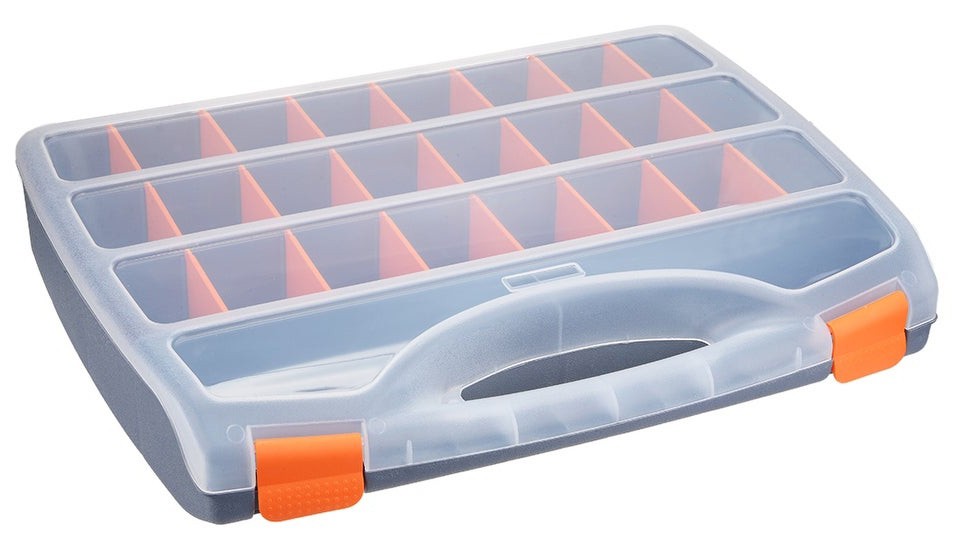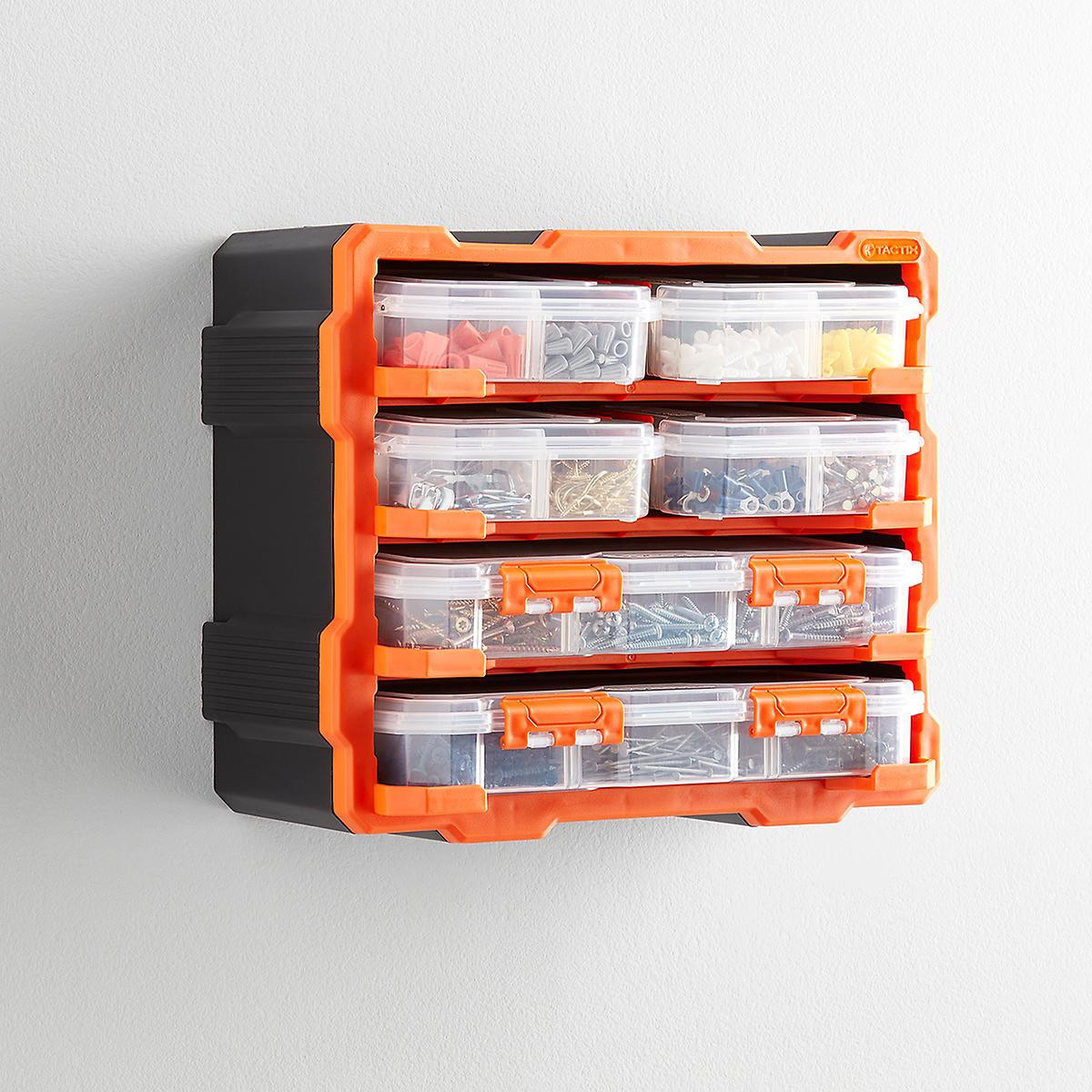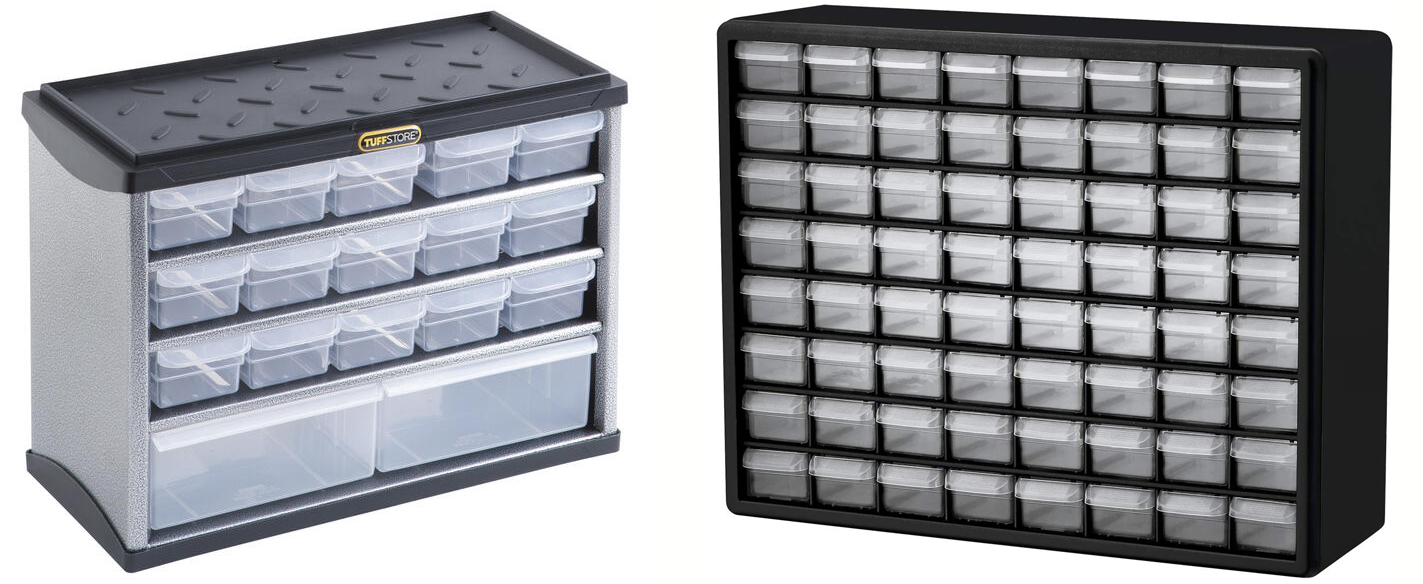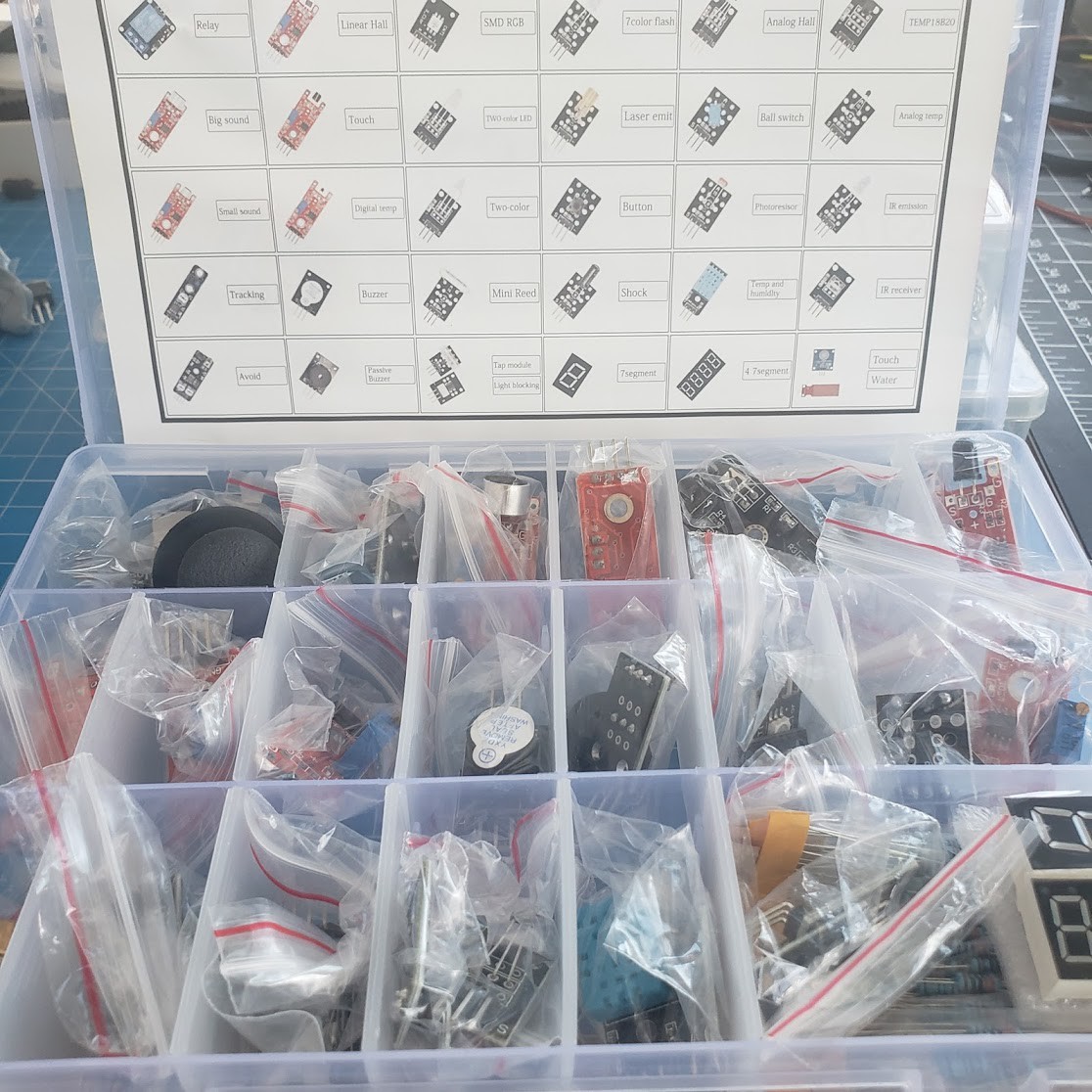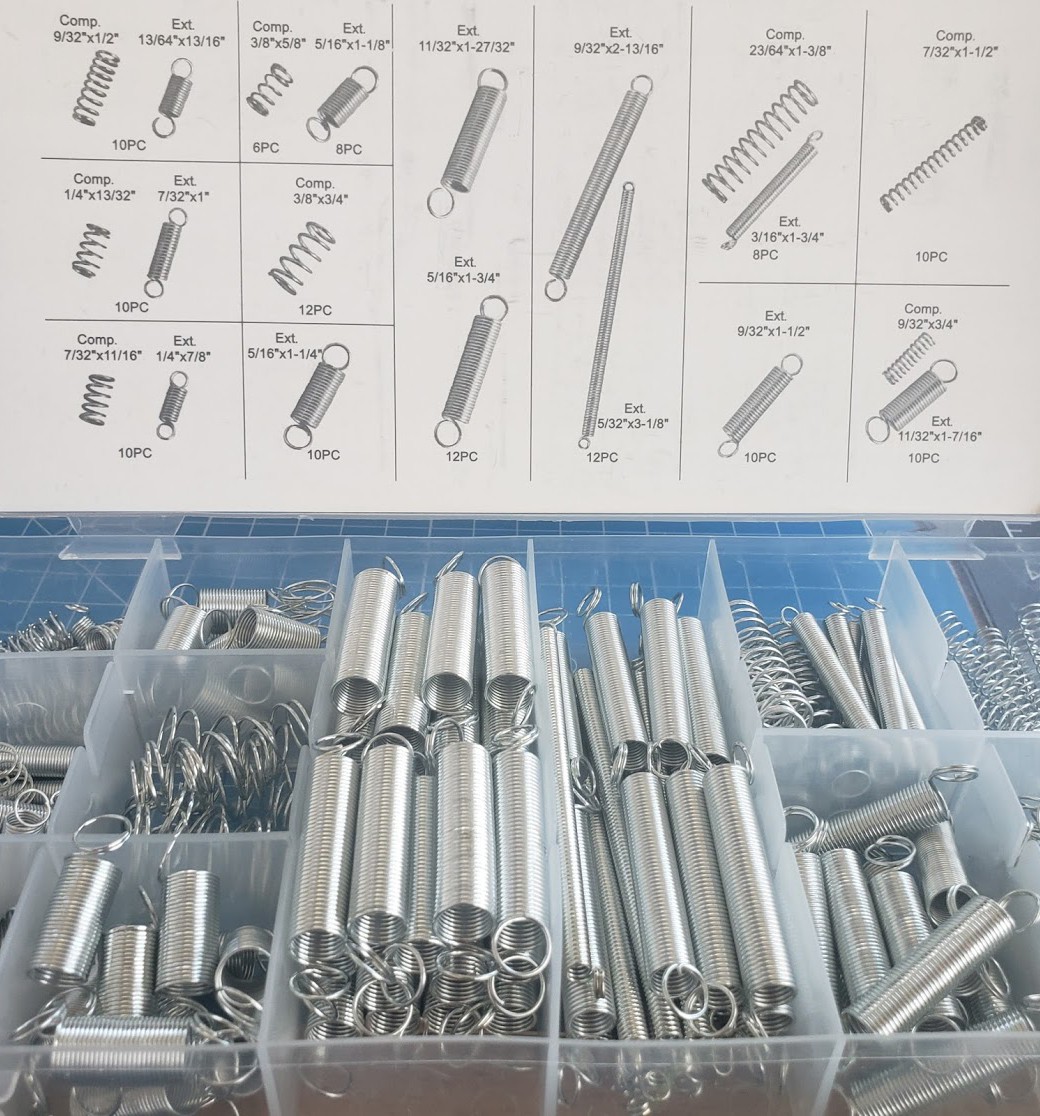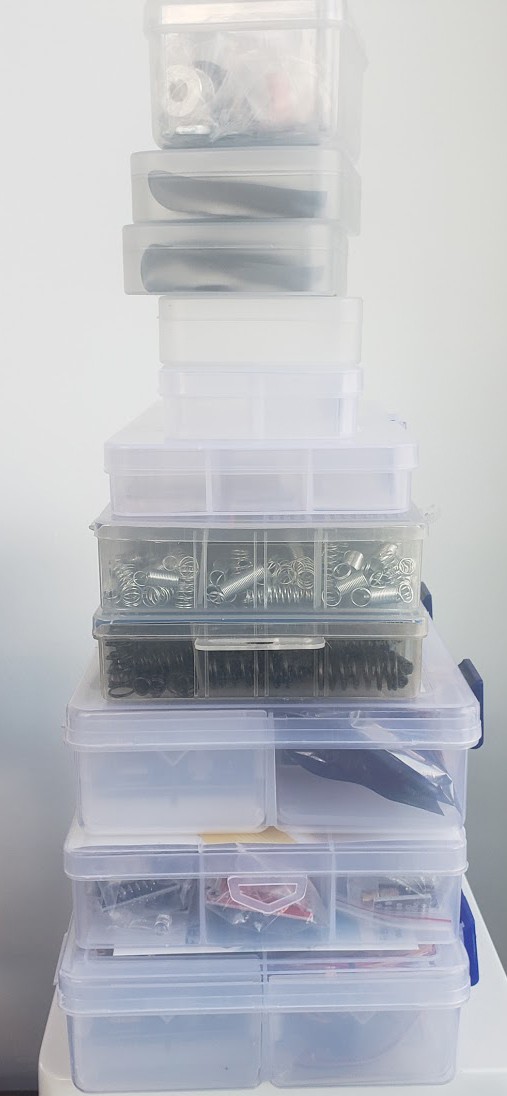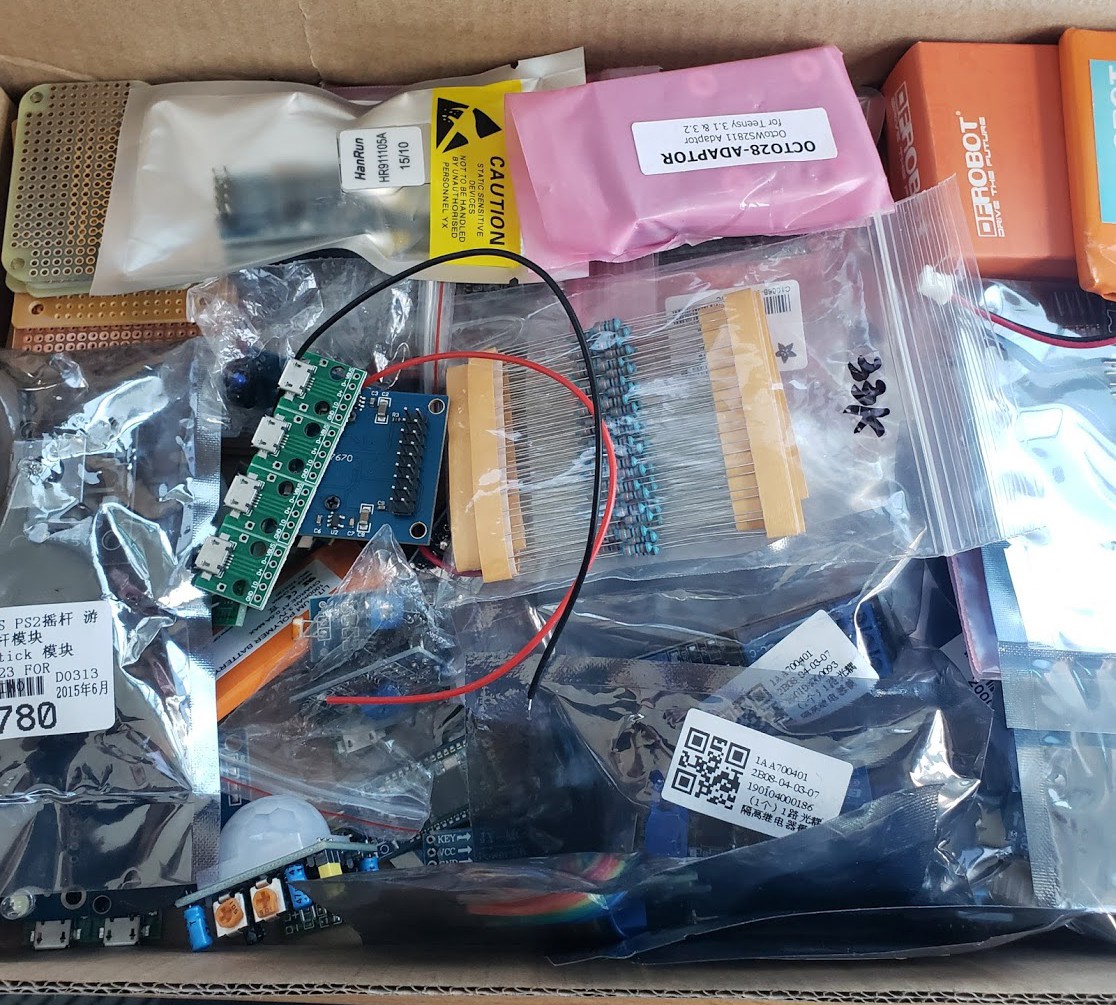-
Ideal
11/01/2020 at 18:00 • 0 commentsEnough of the options, what about a solution?
After lots of research and some trials/errors, here's what ended up being important:
- flexible compartment sizes
- latched boxes providing some level of portability
- individual slots so that a single-level could be accessed
- reasonably price![]()
With all the options out there, the Raaco HandyBox is the only company and design that I could find that meets the need. Raaco is a UK company and it seems that distribution in the U.S. is limited. Most suppliers have the "professional" version for about $125. But Newark/Element14 sells a "standard" unit version (rack, 4 boxes and a variety of inserts) for 75 each plus $10 for shipping. Buy 2 or more and shipping is free.
The price feels high compared to other options but it is actually a middle of the road option with a per compartment cost of $0.65 ($20 per box with maximum of 32 compartments per box).
-
Vintage
11/01/2020 at 17:40 • 0 commentsThis is not a new problem, either. And probably the first storage idea I can remember is the local library's card catalog.
![]()
And it's amazing when items go from being labeled as "used" to "vintage". I do love the patina but I'm not sure it's $1500 of love.
![]()
-
DIY your DIY
11/01/2020 at 17:33 • 0 commentsPlans to build one's own cabinet for parts are everywhere too.
![]()
But if I don't have room for a cabinet of this size in my apartment, I certainly don't have space for the equipment needed to make one. Some of the plans include designs for the drawers; others use the plastic Plano-like assortment boxes mentioned in an earlier post.
![]()
-
Commercial
11/01/2020 at 17:22 • 0 commentsNot a challenge limited to hobbyists, commercial options abound as well. Going to a home improvement store or look behind the counter at an auto parts store, you'll see rows and rows of these.
![]()
Even used, these start at $500+ and are a little more massive than I can justify putting in my small, NYC apartment. And since I tend to move every few years, the can't even imagine the process of having to empty the drawers and hire movers for it.
![]()
And, while I don't ever think I would need know exactly what I would put in these kind cabinets, you can maximize your storage space in so many different ways; they roll on a track.
![]()
-
Fishing
11/01/2020 at 17:09 • 0 commentsFishing seems to be another hobby where there are lots of different pieces. As a fly fisher who has also dabbled in making one's own flies, there is a lot of common with the challenge with electronics parts .
![]()
Expanding tackle boxes are probably the "traditional" design. But they're made in all sorts of configurations. The commonality is that portability is an important factor and lots of the designs are toolbox-esque.
![]()
I sort of like the idea of being able to trek with my hacking parts but have no idea why I would need an integrated cooler.
![]()
Crafters have long repurposed fishing boxes for organization purposes.
![]()
-
Stacking
11/01/2020 at 16:59 • 0 commentsThese boxes are inexpensive at $8-10 each or about $0.40 per compartment. Plano seems to a major brand but there are plenty of others all within the same price range.
![]() They come in a variety of sizes and, depending on the model, there is some flexibility in changing compartment sizes. Be careful, if you have enough and you stack them up, trying to get the one on the bottom out is a recipe for disaster; boxes and parts everywhere.
They come in a variety of sizes and, depending on the model, there is some flexibility in changing compartment sizes. Be careful, if you have enough and you stack them up, trying to get the one on the bottom out is a recipe for disaster; boxes and parts everywhere.![]()
They make these nice wire racks to avoid the stacking problem, either in mountable variety (above) or free standing.
![]()
Plano seems to have some focus on fishing, so they also sell this water resistant cabinet but expensive at $600.
-
Latches
11/01/2020 at 16:33 • 0 commentsLatches prevent parts from spilling everywhere.
![]()
Another improvement is that dividers can be moved to change compartment sizes.
![]()
This design also makes it easy to remove a single box without having to move an entire stack. And it looks like multiple units cab be connected together to provide more stability.
Costs range from $20-40. Per row/tray is about $15. Or a per compartment cost of $0.80.
-
Basic Drawers
11/01/2020 at 16:32 • 0 commentsI am -- by no means -- alone in this challenge. And there are lots and lots of options available.
My first purchase was one of these plastic drawer cabinets.
![]()
Pros:
- compact
- lots of compartmentsCons:
- easy to knock over (all it takes is having to sort a pile resistors by their band colors or screws by their length and you'll be tossing this design in the trash)
- limited drawer sizes (either too small and can't fit parts or too large and results in wasted space, even with drawer separators)Cost varies from $20 to $50 per unit. Per row/tray seems to be ~$6. With a cost of $0.50 per compartment.
-
Bring me your assortments.
10/31/2020 at 17:33 • 0 commentsA size here. Another there. And all of a sudden one discovers that you can buy assortments. One (or more) of each. Just in case you need this or that on some wacky-hacky project that you' may or may not dream up.
![]()
![]()
And they even come in their own organized little boxes! Yay!
![]()
But even those start piling up. And up. And up.
-
Parts. And parts. And parts. And parts...
10/31/2020 at 17:29 • 0 commentsEven at an early age, I remember my dad bringing home old equipment from his job as a Biomedical Engineer. Sometimes it was a microscope that had been decommissioned or an oscilloscope with a bad channel that was beyond repair. Or maybe even just a random circuit board that was rife with components for salvaging with a soldering iron and a desoldering pump.
Before parts suppliers like Adafruit. Before buying parts on ebay and aliexpresss direct from china. Back when digi-key was just a (paper) catalog business.
Even then, parts were everywhere.
Now, $20 and a paypal account will get you more arduinos, transistors, LEDs and jumper wires than you know what to do with. Not to mention bearings and 3d printer nozzles and dc-motors and connectors and...
![]()
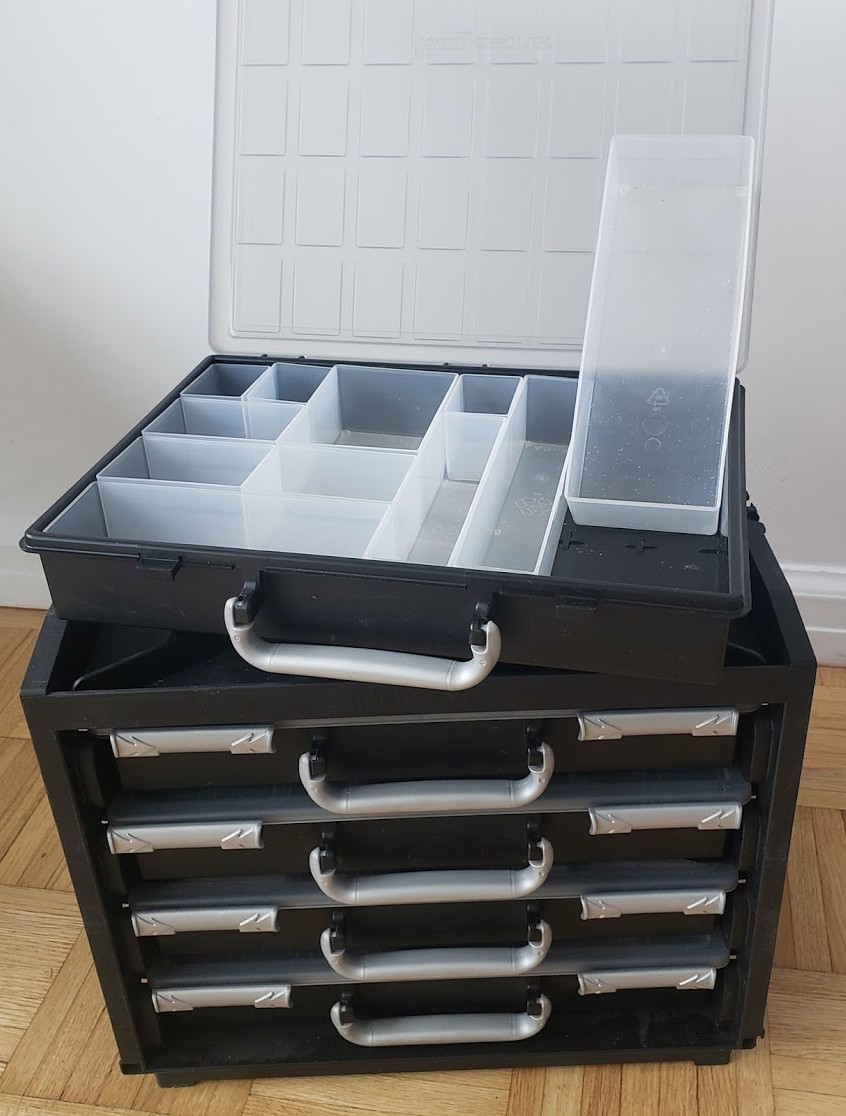
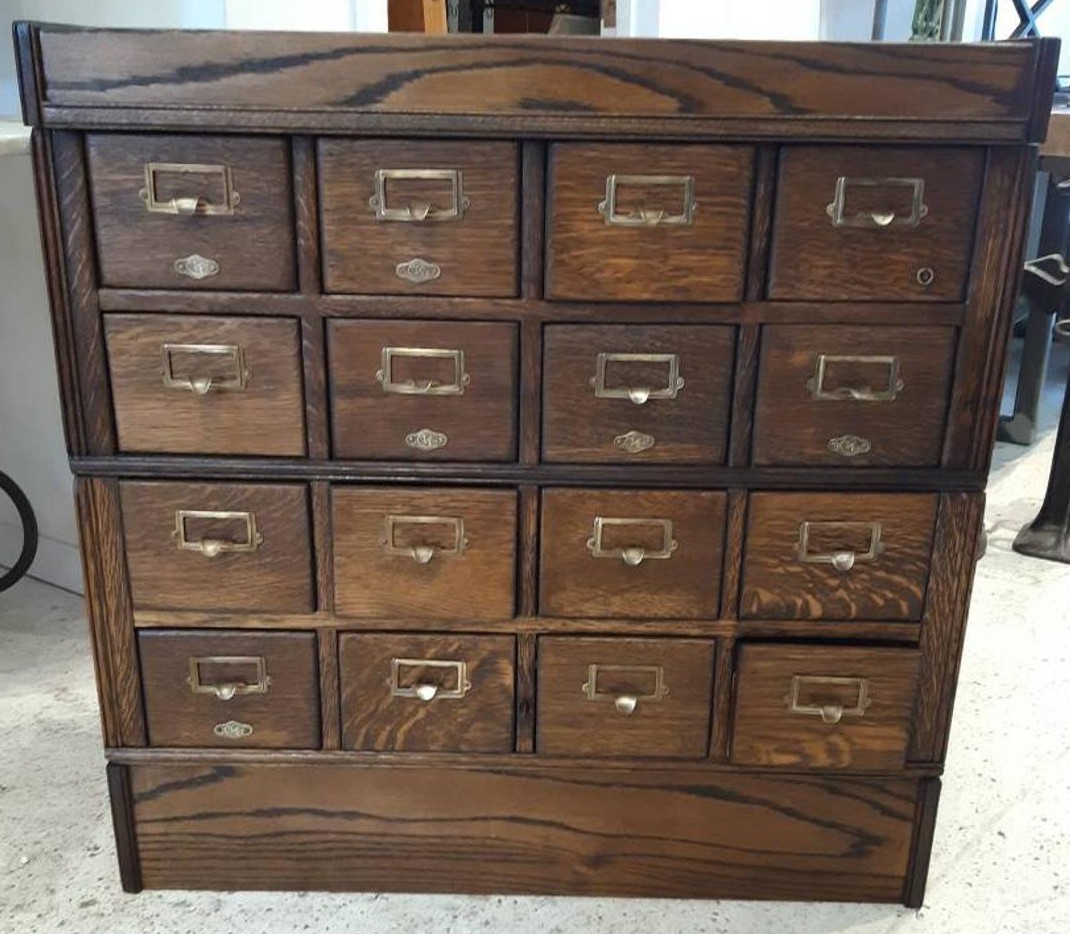
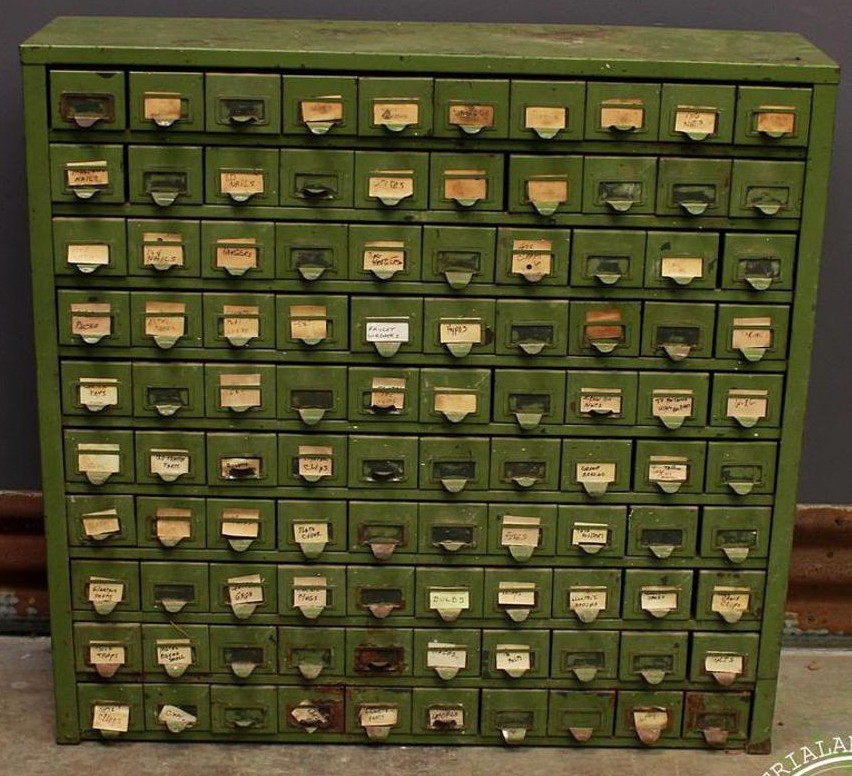
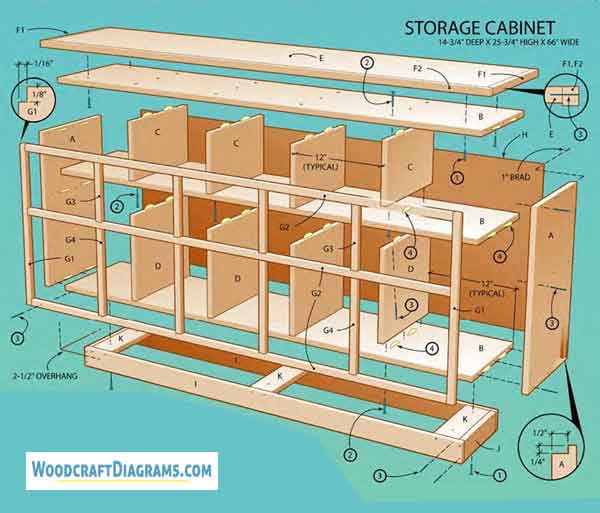
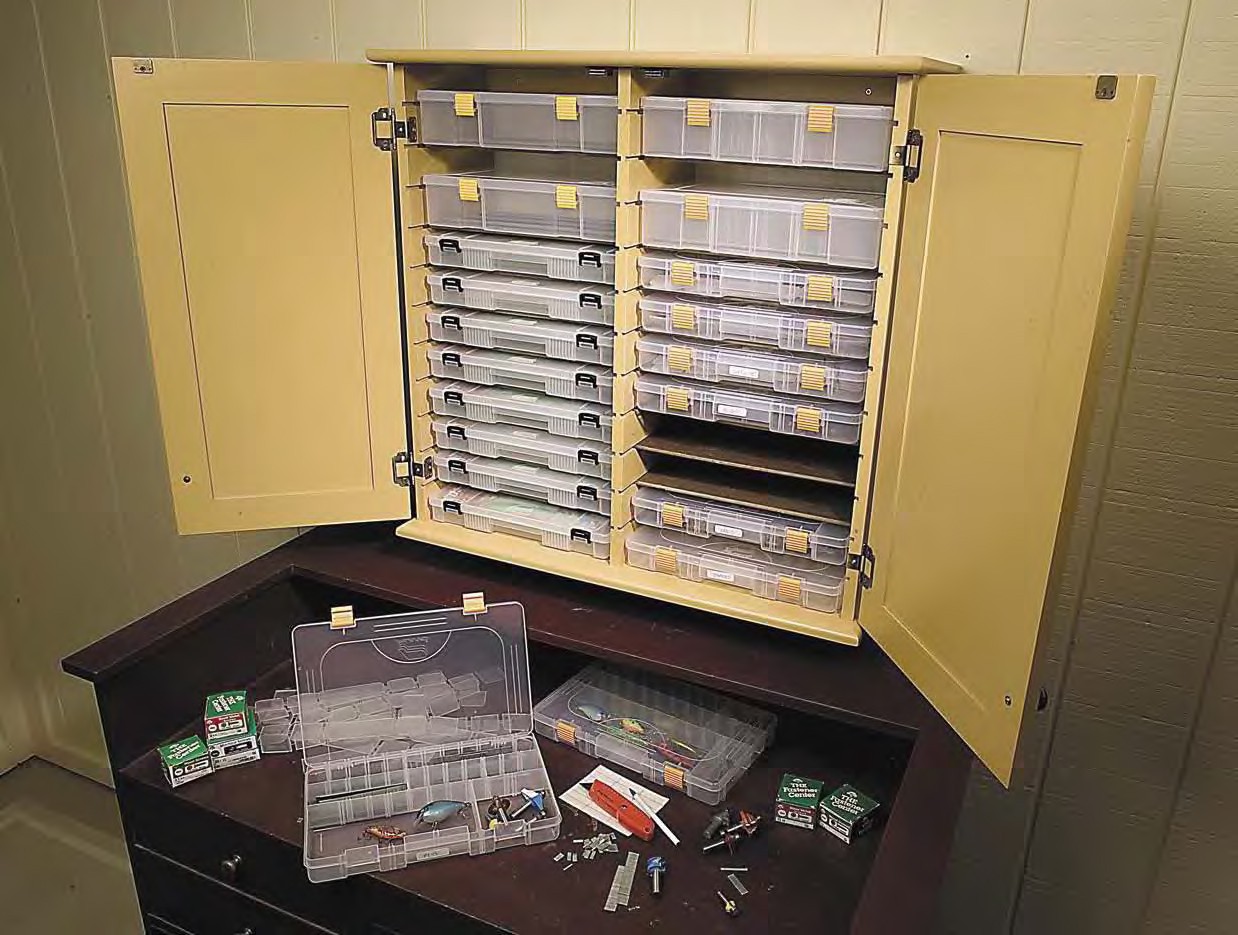
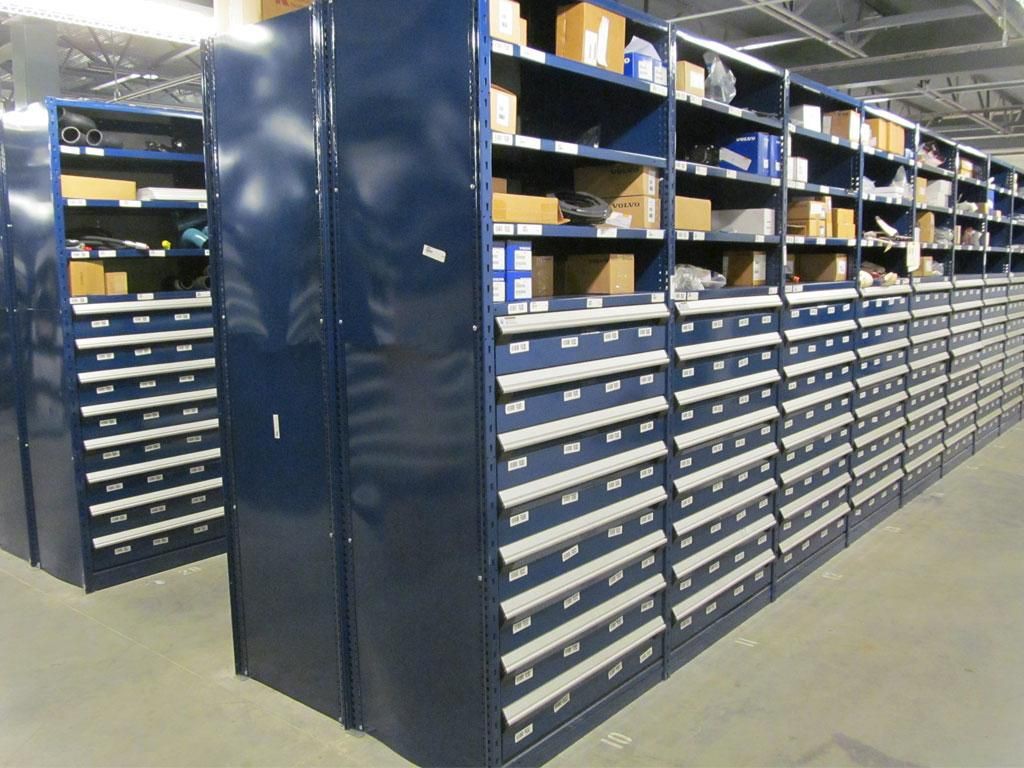
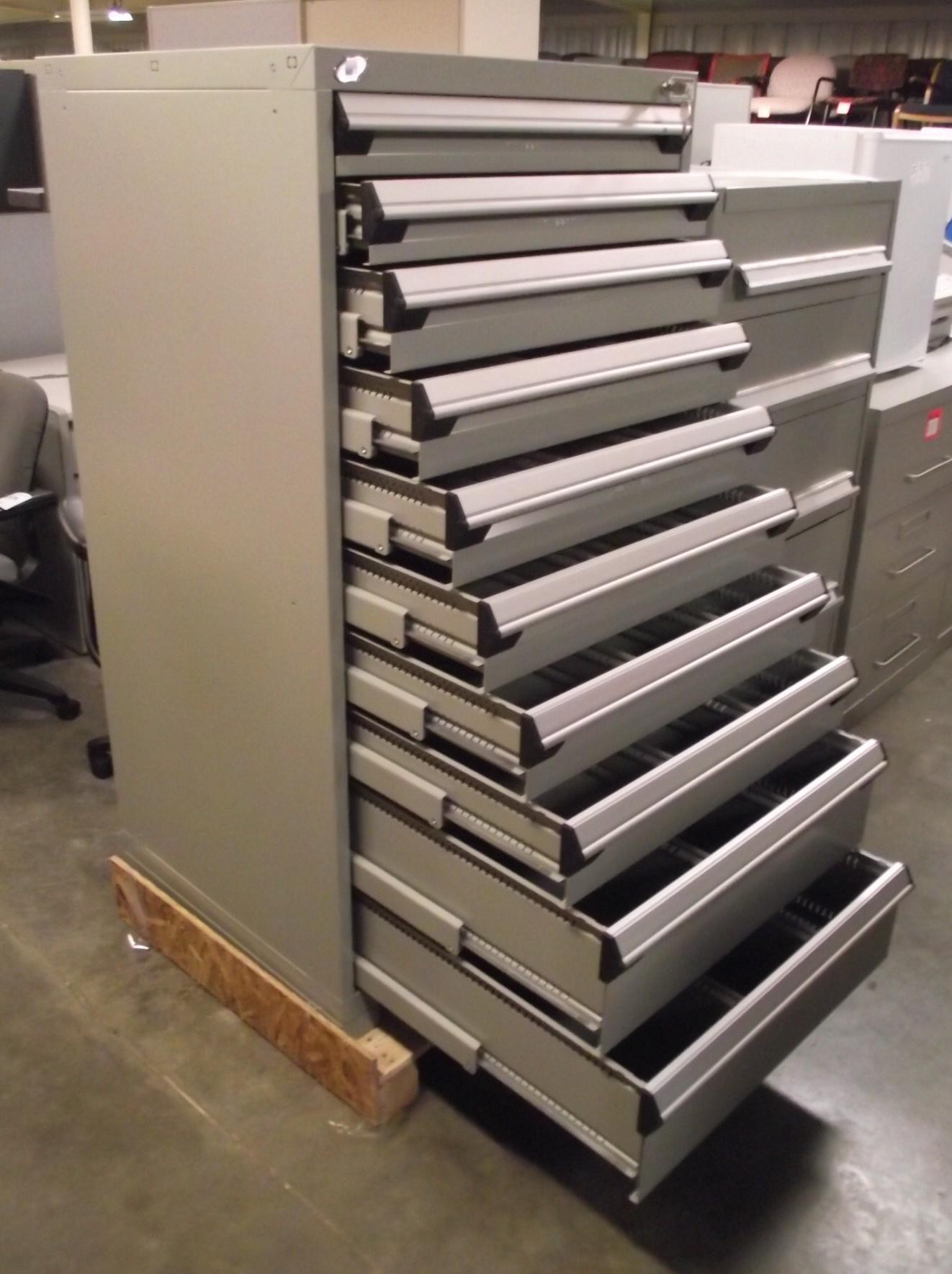
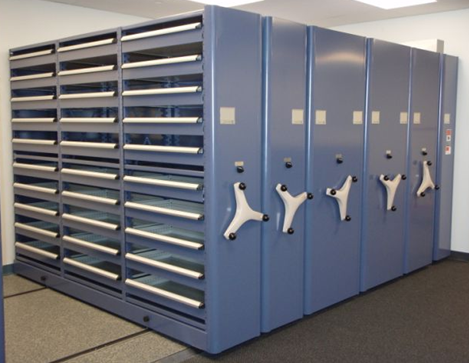
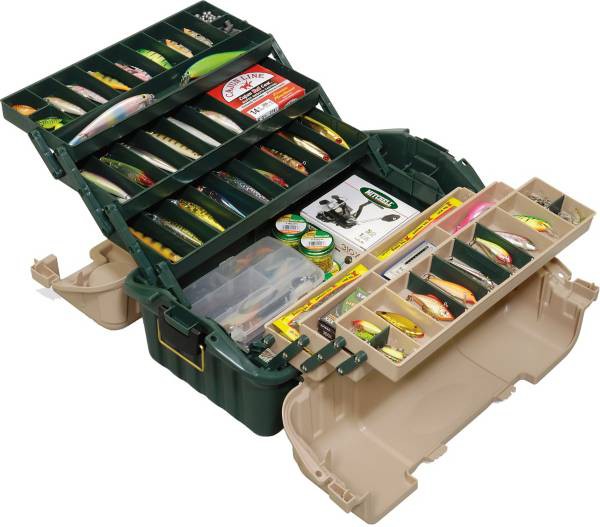
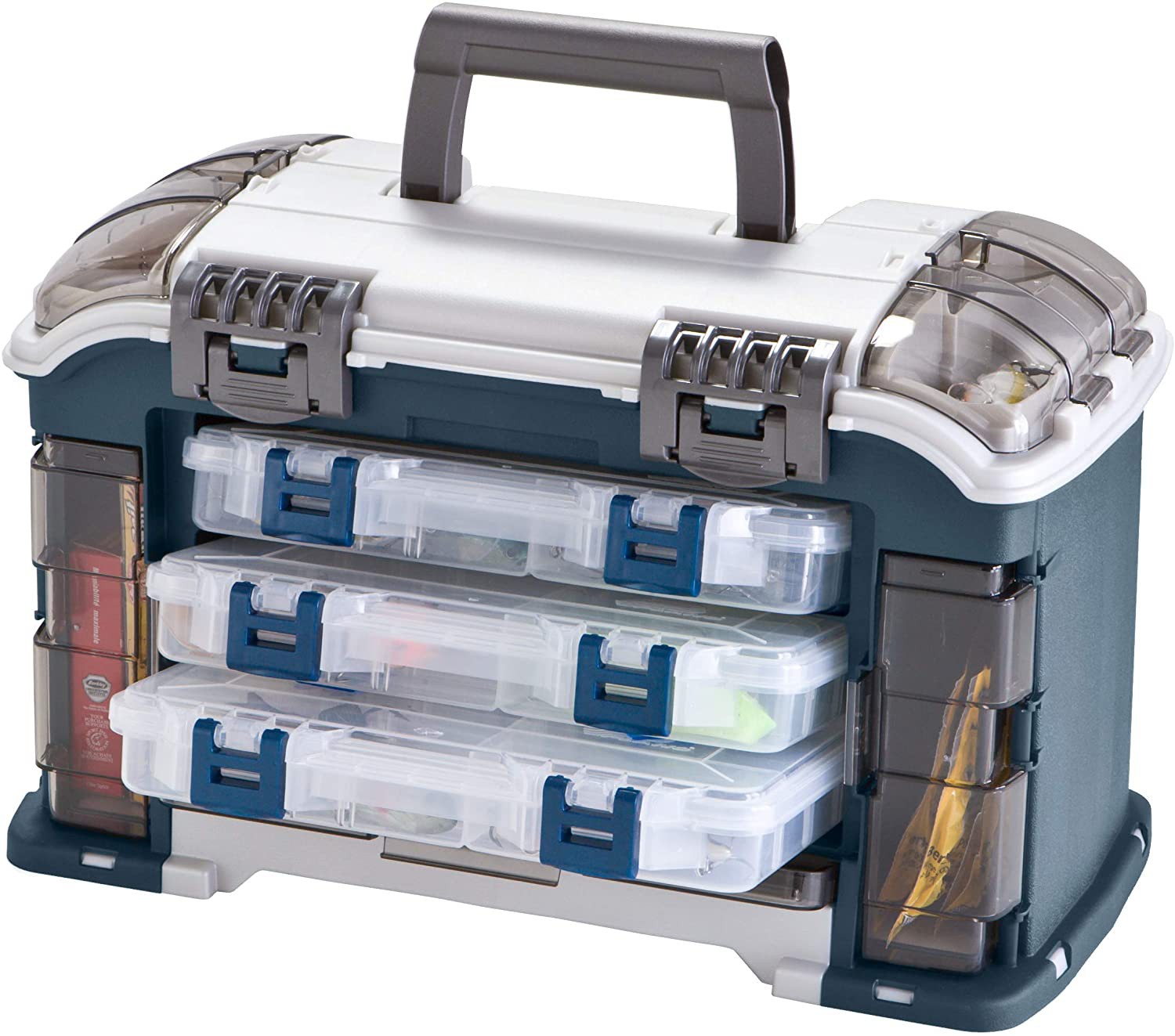
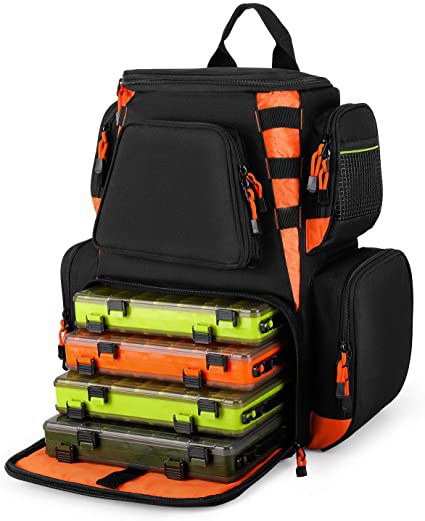
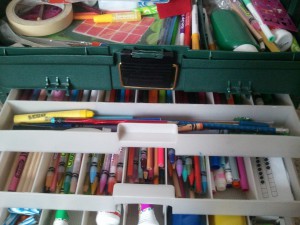
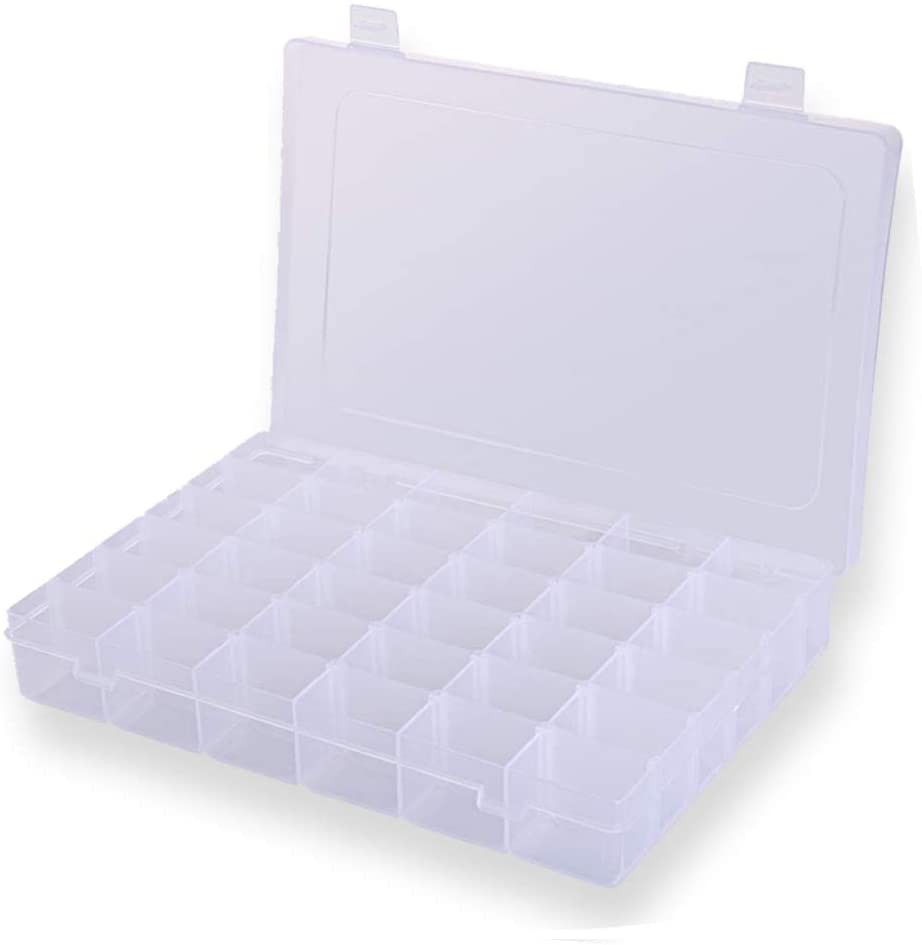 They come in a variety of sizes and, depending on the model, there is some flexibility in changing compartment sizes. Be careful, if you have enough and you stack them up, trying to get the one on the bottom out is a recipe for disaster; boxes and parts everywhere.
They come in a variety of sizes and, depending on the model, there is some flexibility in changing compartment sizes. Be careful, if you have enough and you stack them up, trying to get the one on the bottom out is a recipe for disaster; boxes and parts everywhere.